Your law office interior design speaks volumes about the legitimacy of your business. It can provide you with a competitive advantage because it affects how potential clients see you when they first visit your office, which could affect their choice to work with you.
This blog post will go over 10 suggestions to help you create a law office that is both welcoming and professional.
10 Ways to Create a Welcoming Law Office Interior Design

A law office interior design isn’t just about looking impressive; it’s about creating an environment that feels welcoming, efficient, and reflective of your firm’s values. Here are 10 inspiring law office design tips to help you craft a law office that balances elegance with comfort, and professionalism with approachability.
1. Invest in a Grand Entrance
The entrance to your law office sets the tone for the entire visit. It should exude confidence and welcome clients warmly. Consider a striking reception area with high-quality materials such as marble or granite for the flooring and desk. Large, welcoming artwork or a tasteful company logo prominently displayed can reinforce your firm’s identity. Incorporate comfortable seating and a clean, uncluttered layout to ensure the first impression is both impressive and inviting.
2. Create a Client-Centric Waiting Area
A waiting area is more than just a place for clients to pass the time—it’s a reflection of your firm’s approach to client care. Opt for comfortable, ergonomic seating that allows clients to relax. Incorporate soothing colours and soft lighting to create a calm atmosphere. Adding amenities like magazines, a refreshment station, or a quiet zone can enhance the client experience, making the wait more pleasant and less stressful.
3. Design Functional and Flexible Meeting Rooms
Meeting rooms are the heart of client interactions and internal discussions. Design these spaces with flexibility in mind—consider modular furniture that can be reconfigured as needed. Invest in high-quality conference tables and comfortable chairs to ensure productive and comfortable meetings. Equip the room with state-of-the-art technology for seamless presentations and virtual consultations. Additionally, incorporating soundproofing can ensure confidentiality and focus during sensitive discussions.
4. Prioritize Natural Light and Ergonomics
Natural light is a powerful tool in creating a positive work environment. Whenever possible, design your office layout to maximize natural light, incorporating large windows or skylights. Use adjustable window treatments to control glare while preserving privacy. For areas where natural light is limited, opt for full-spectrum lighting that mimics daylight. Ergonomic furniture, such as adjustable chairs and desks, ensures comfort and promotes productivity, reducing strain and fatigue for your team.
5. Incorporate Sophisticated Yet Comfortable Private Offices
Private offices should reflect a balance of authority and approachability. Choose high-quality, durable materials for furniture and finishes, such as rich wood or sleek metal accents. Ensure ample storage and functional workspace to accommodate daily tasks efficiently. Personal touches, like framed awards or diplomas, can add a personal and professional touch, enhancing the sense of accomplishment and authority while keeping the space welcoming.
6. Integrate Branding and Personalization
Your law office design should be a reflection of your firm’s brand and values. Incorporate your firm’s colours, logo, and branding elements subtly throughout the office. Custom artwork or branded decor can reinforce your firm’s identity and make the space feel cohesive and personalized. However, ensure these elements are tastefully integrated to maintain a professional and polished appearance.
7. Optimize Acoustic Comfort
Confidentiality and focus are essential in a law office. Acoustic comfort can significantly impact both. Use sound-absorbing materials, such as carpets, upholstered furniture, and acoustic panels, to minimize noise disruptions. Consider installing partition walls or frosted glass to create private spaces without compromising the open feel of the office. Proper acoustic design ensures that conversations remain confidential and that the office environment remains conducive to focused work.
8. Foster a Green and Sustainable Environment
Sustainability is increasingly important in modern office design. Implement eco-friendly practices and materials to create a green office environment. Choose energy-efficient lighting, use sustainable materials for furniture and finishes, and incorporate indoor plants to improve air quality and add a touch of nature. A green office not only supports environmental responsibility but also contributes to a healthier and more pleasant workspace.
9. Choose Colours Cleverly
Colour is a powerful tool in interior design, particularly in a law office interior design where professionalism and comfort are key. Choosing the right colours can significantly influence the mood and perception of your space.
- Professionalism and Trust: Classic colours like deep blues, rich greens, and muted greys convey reliability, trust, and professionalism. These colours create a sense of stability and competence, which is crucial in the legal field.
- Comfort and Calm: Softer shades like light greys, beige, or pastel tones can create a calming atmosphere. These colours help reduce stress and anxiety for clients who may be nervous about their legal matters.
- Accent Colours: Use accent colours sparingly to add personality and warmth. For instance, a splash of a bold colour like navy or burgundy in artwork or decorative elements can add depth without overwhelming the space.
- Consistency: Ensure that the colour scheme is consistent throughout the office to create a cohesive look. This includes walls, furniture, and decor. A well-thought-out colour palette helps maintain a professional image and reinforces the firm’s brand identity.
10. Leverage Your Law Library
A law library is more than just a repository of legal texts; it can be a central feature of your office that enhances both functionality and aesthetics.
- Showcase Expertise: A well-organized library can showcase the depth of your firm’s legal knowledge and resources. Displaying a well-curated collection of legal books and resources not only serves as a practical tool but also reinforces the firm’s expertise and authority in the field.
- Design Integration: Integrate the library into the office design seamlessly. Use custom cabinetry or shelving that complements the office’s overall aesthetic. Wood finishes or sleek modern shelving can align with the office’s decor while making the library a focal point.
- Client and Staff Space: Design the library to be both functional and inviting. Include comfortable seating and workstations where clients or staff can review materials. Providing a quiet, well-lit area within the library enhances its usability and makes it a valuable resource for research and client consultations.
- Educational Tool: Use the library as a space for professional development and client education. Hosting seminars, workshops, or informal meetings in the library can make it a dynamic space that adds value beyond its traditional role.
Also Read:- Interior Design Ideas for Corporate Offices
Conclusion
Designing a law office that is both welcoming and professional requires a thoughtful approach that balances aesthetics with functionality. By focusing on creating a grand entrance, client-friendly spaces, ergonomic work areas, and a strong brand presence, you can craft an office that not only impresses but also fosters a positive, productive environment.
Emphasizing natural light, acoustic comfort, and sustainability further enhances the overall experience, ensuring that both clients and staff feel valued and engaged. With these tips, your law office can become a beacon of professionalism and comfort, perfectly aligned with the high standards of the legal profession.
FAQs About Law Office Interior Design
Why is law office design important?
It creates a strong first impression, enhances client comfort, and supports productivity. A well-designed office reflects professionalism and builds trust with clients.
How should I choose office furniture?
Select ergonomic, durable furniture that complements the office’s design. Ensure it fits the space well and meets the functional needs of your team.
What should I consider when designing a waiting area?
Focus on comfort and ambience. Use ergonomic seating, provide refreshments, and incorporate soothing colours and lighting to create a relaxing environment for clients.
Is it possible to design a law office on a budget?
Yes, designing on a budget is possible by prioritizing essential elements, opting for cost-effective materials, and focusing on strategic design changes. Working with a design professional can help maximize impact while controlling costs.


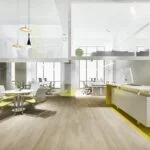

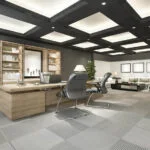
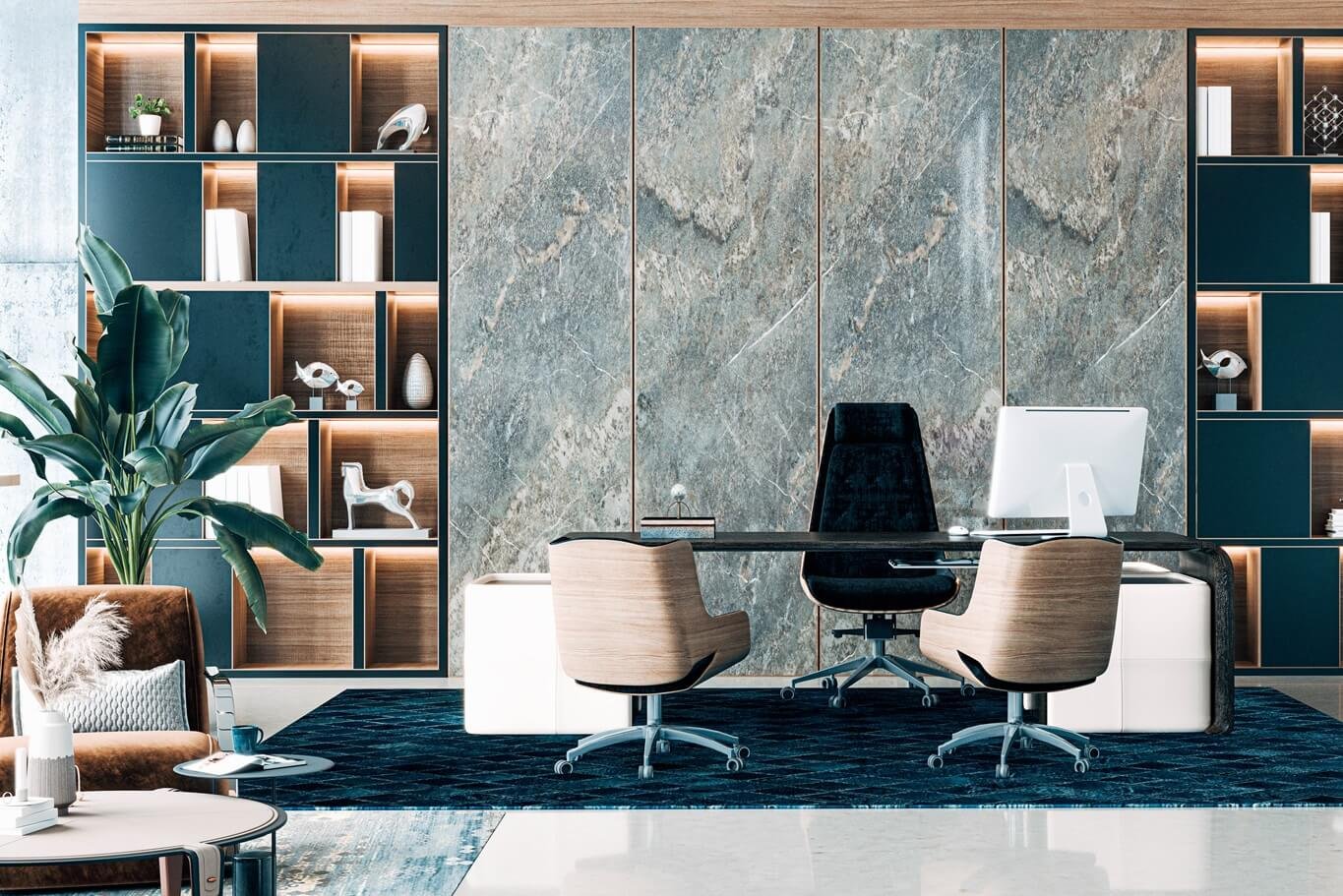
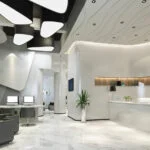




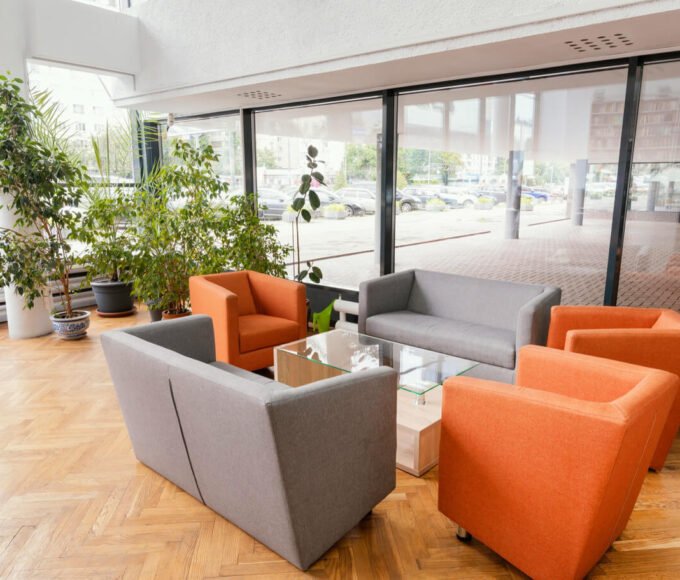
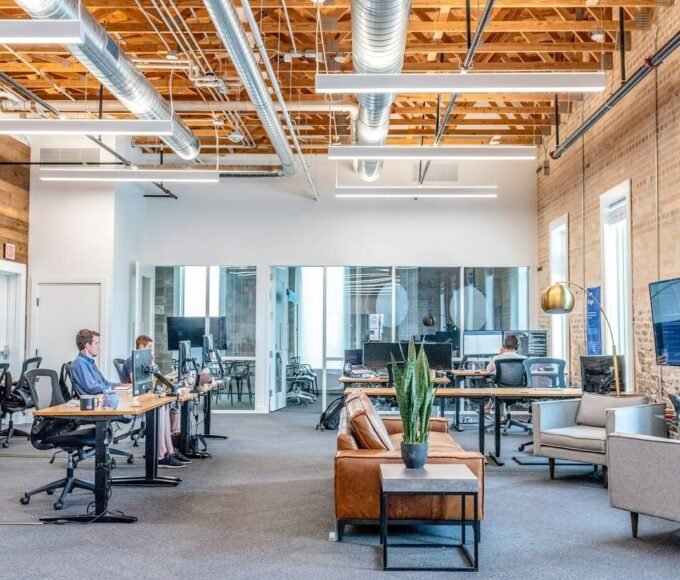
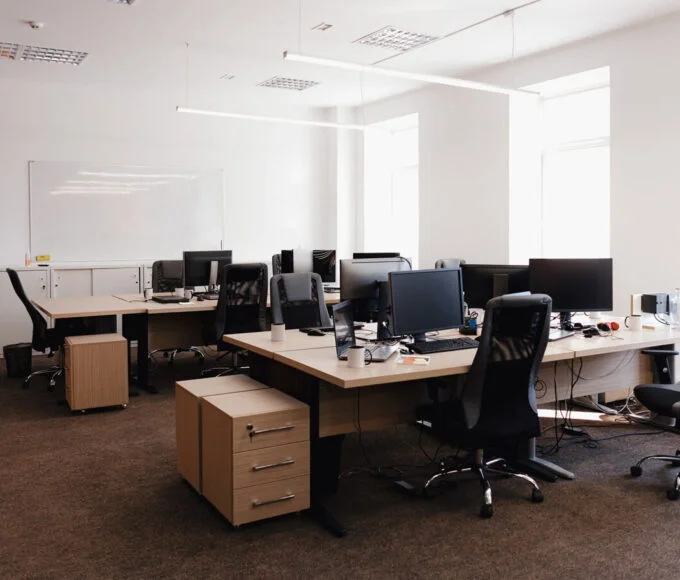
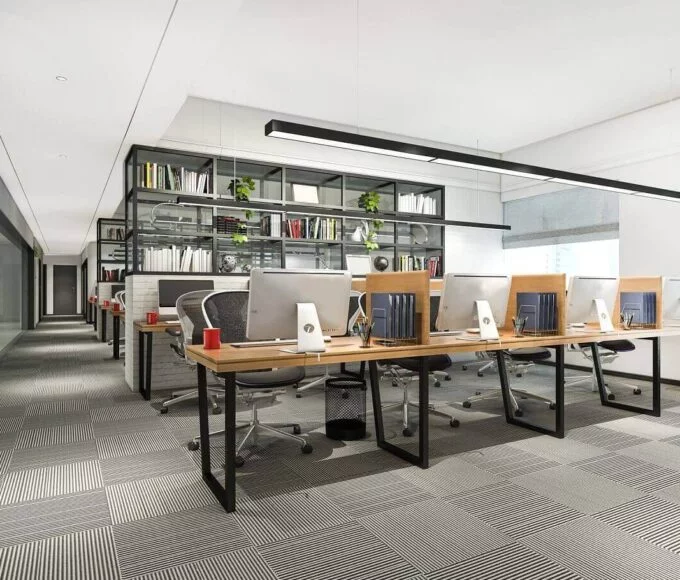
Leave a comment